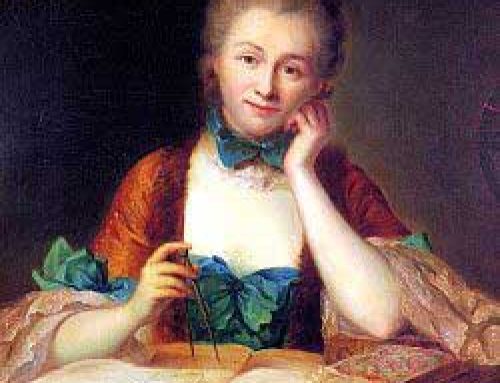
Reproduction of a press from Gutenberg’s time
The invention of the European printing press with moveable type in northern Europe in the late 1400s AD was no accident: publishers had set out to find a way to create a lot of books cheaply, because there was a new market for the books. More and more European families were now rich enough to send some kids to school, and those kids grew up to be readers who wanted to buy books. For the same reason, Europeans also began to make paper in the late Middle Ages.
As soon as you could print books, they were rolling off the presses as a lot of people wanted to read ancient Greek and Roman writers: the Iliad, Plato, Terence, and Cicero. People also printed Christian Bibles, and soon Protestants were translating the Bible into their own languages. Then people moved on to writers and philosophers of their own time: Shakespeare, Rousseau, Astell, Voltaire, Locke.

Gutenberg Bible
In the late 1700s, thanks to colonialism, more people in Europe were rich enough to read books. Not all of them wanted to read boring histories and philosophy: they began to want to read more romantic poetry and fiction, and the great age of the novel began with Daniel Defoe, Jane Austen, Mary Shelley, Charles Dickens, the Brontes, Balzac, Emile Zola, and many others.
But it turned out that printing also changed the way Europeans thought about writing and books. One of the first things that people printed was thousands of leaflets that acted as the newspapers and magazines of their time. In order to read these new leaflets, and also in order to read the Bible for themselves, millions of Europeans – even many poor farmers – learned to read. Then they wanted to make their own decisions about their religion, and turned to Protestantism, fighting the Thirty Years’ War. Governments, too, became more answerable to their people once people could easily find out from newspapers what their government was up to.
But it wasn’t until the later 1800s that a lot of ordinary people began to learn to read. Around that time, people got rich enough to even buy special books for children, and publishers sold the first children’s books: The Secret Garden, Little Women, Anne of Green Gables, The Wizard of Oz, and others. In the early 1900s, paperback books allowed people to buy books more cheaply, and many more people went to school, so many more people could buy and read books.
